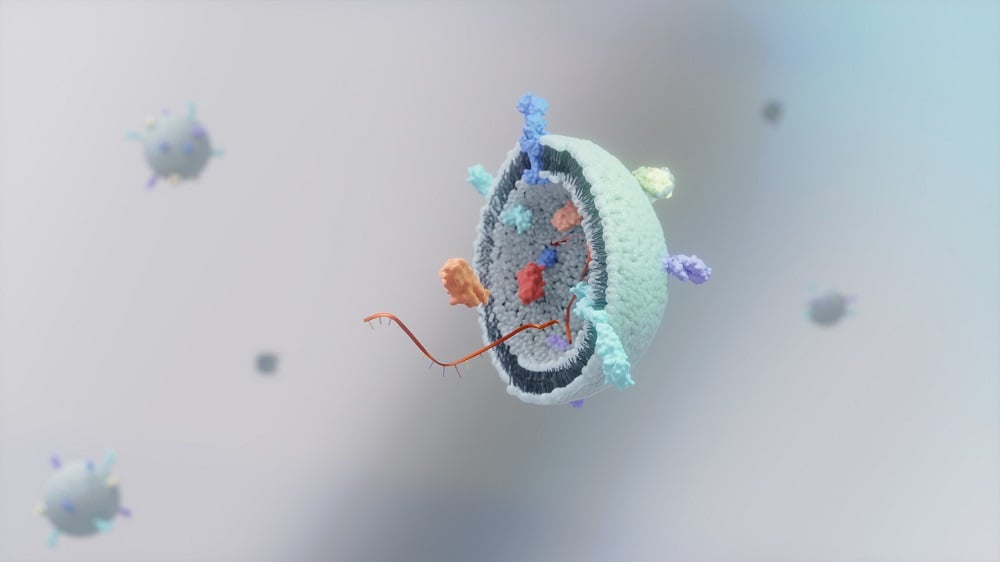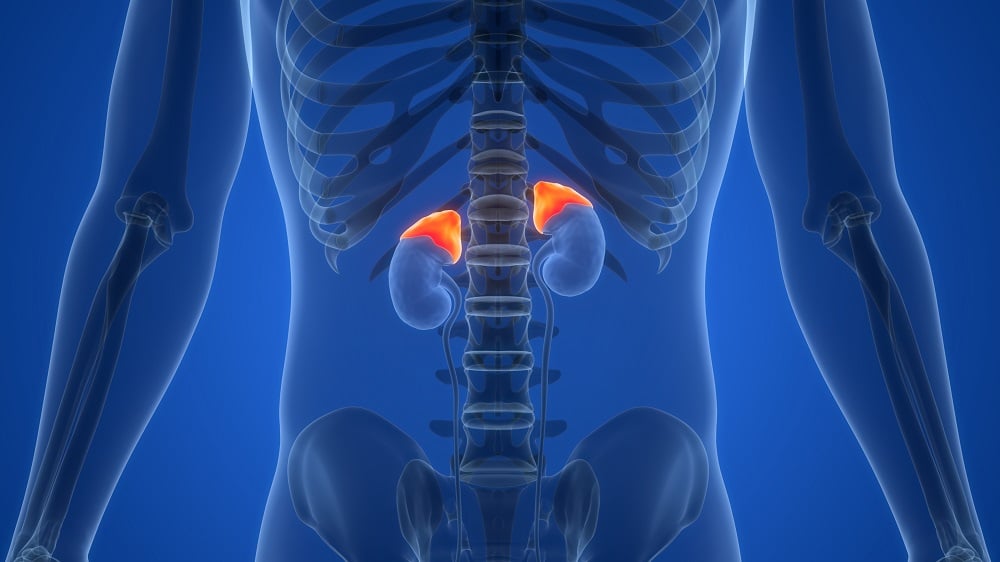A recent research article, published in JAMA Network Open, spearheaded by investigators from the University of Colorado School of Medicine, has fundamentally questioned the current standards for oxygen delivery to trauma patients. The findings suggest that less may be more when it comes to supplemental oxygen for critically injured individuals.
The Traditional Perspective on Oxygen Delivery
Historically, medical professionals have operated under the assumption that severely injured patients require maximum oxygen delivery due to the stress of trauma and significant blood loss. Dr. Adit Ginde, professor of emergency medicine and lead investigator of the Strategy to Avoid Excessive Oxygen (SAVE-O2) study, articulates this viewpoint: "The idea has traditionally been that severe trauma causes stress to patients' bodies, and we want to deliver as much oxygen as possible to the brain and to the body because they are losing blood."
However, the SAVE-O2 study found that targeting oxygen saturation levels between 90% and 96% yielded equivalent or better outcomes for adult trauma patients compared to current standards.
Understanding the Implications of Excess Oxygen
The administration of excessive oxygen can lead to complications. Dr. Ginde explains, "The problem with administering so much oxygen is that the hemoglobin molecules can only carry so much oxygen, and if you oversaturate, you're unnecessarily delivering excess oxygen to the lungs. That can be potentially harmful, especially when these trauma patients have healthy lungs and little trouble breathing."
Normoxemia and Trauma Recovery
The study was conducted across eight level 1 trauma centers in the U.S., enrolling nearly 13,000 patients. The research aimed to examine whether maintaining patients in the normoxemia range could increase the number of days without supplemental oxygen while ensuring safety and effectiveness.
| Parameter | Normoxemia Range | Findings |
|---|---|---|
| Oxygen Saturation (%) | 90–96 | No significant increase in mortality or hypoxemia duration |
| Supplemental Oxygen-Free Days | Increased | Shorter hospital stays and higher patient satisfaction |
The study revealed strong evidence that patients fared as well or better when oxygen saturation was targeted at normoxemia levels. This approach led to a noticeable reduction in the number of days requiring supplemental oxygen. In essence, the researchers confirmed:
- Patients in the normoxemia range experienced no detriment in breathing compared to higher levels of oxygen saturation.
- "If your oxygen starts getting low, below 88%, you'll start feeling a shortness of breath, or that you're working hard to take deeper breaths. But here, we're targeting physiologically normal ranges, so your body's actually quite content in this range," remarks Dr. Ginde.
Applications Beyond the Battlefield
The SAVE-O2 initiative, initially designed with military applications in mind, has significant implications for civilian healthcare systems. Ginde emphasizes, "Many combat evacuation missions are planned around when they'll run out of oxygen. Our goal was to determine whether the military could safely provide front-line care and evacuate patients with less oxygen."
The findings have already informed updates to ten Joint Trauma System guidelines, and in 2023, Ginde's team was awarded for their contributions to oxygen therapy protocols.
The Future of Oxygen Delivery
With these impactful findings, Dr. Ginde anticipates a gradual evolution in clinical guidelines for trauma patients, recognizing that changes often take time within civilian practices. He states, "Changes tend to take more time on the civilian side. It's more nebulous than it is with the military, but hopefully, with this high-impact publication and additional presentations, we'll see these guidelines change over time."
Current efforts include the testing of a novel device, O2Matic, which implements a closed-loop physiological control system to monitor and adjust oxygen delivery without manual intervention. This innovation aims to provide patients exactly the oxygen they need without unnecessary excess.
| Device | Functionality | Status |
|---|---|---|
| O2Matic | Closed-loop control for precise oxygen delivery | Approved in Europe; U.S. trial pending |
Dr. Ginde encapsulates the potential impact of this technology: "This device has the potential to significantly improve how we give oxygen when it's needed. We think this could be the future. Now that we've proven the normoxemia target is safe and desirable, the next step is figuring out how to implement it more efficiently and on a broader scale."
Further Reading and References
For more detailed information, consult the original study titled Targeted Normoxemia and Supplemental Oxygen-Free Days in Critically Injured Adults, published in JAMA Network Open (2025).
This research underscores a crucial shift in emergency medicine, presenting a paradigm that balances adequate oxygen delivery against potential risks associated with excessive levels. As these findings make their way into clinical practice, the future of trauma care looks promising.













Discussion